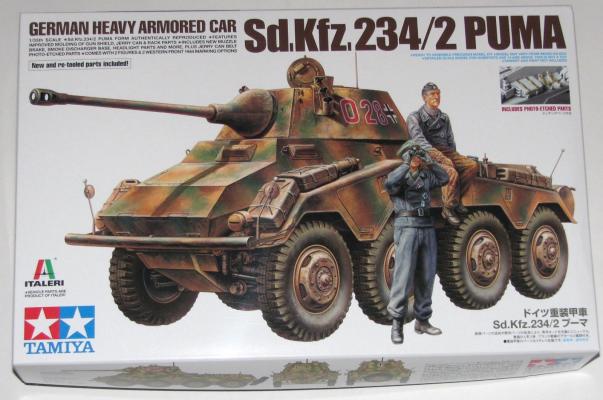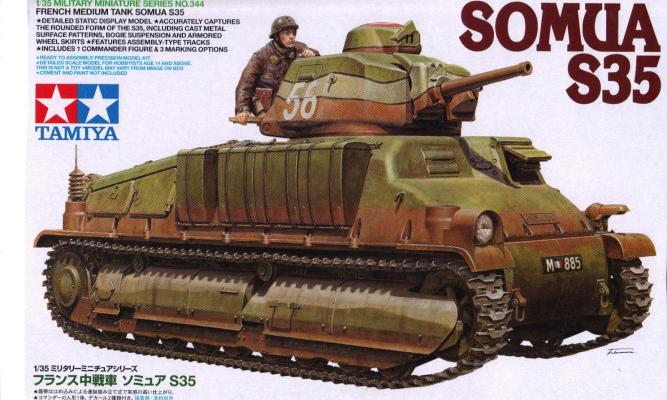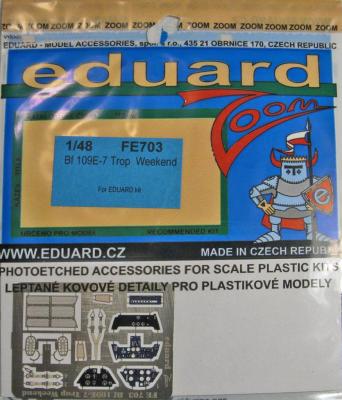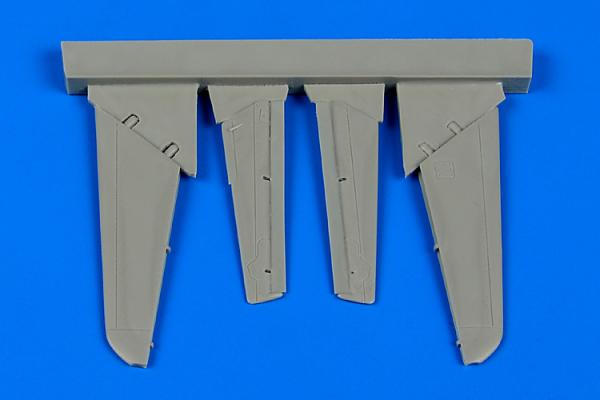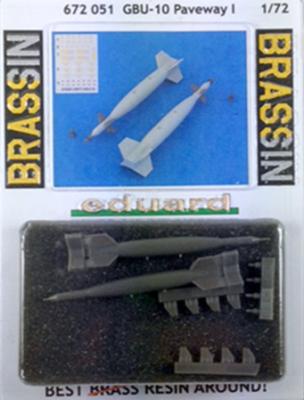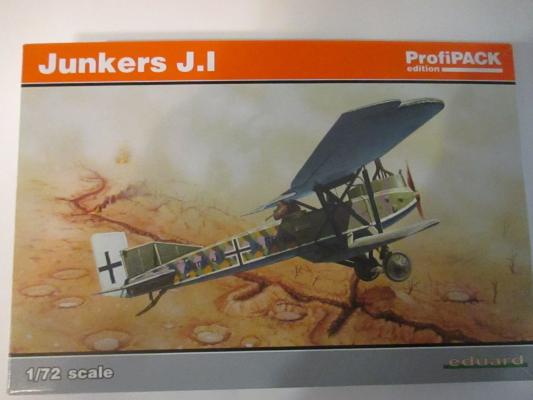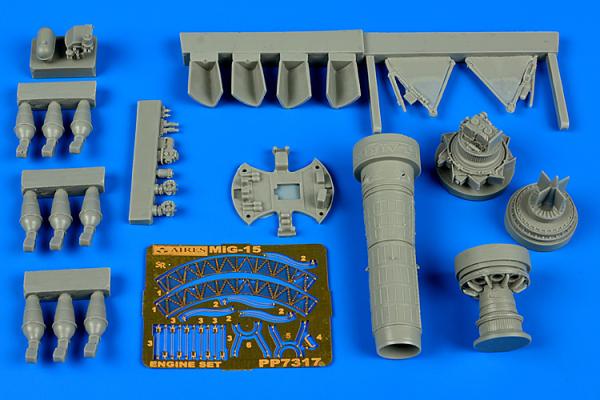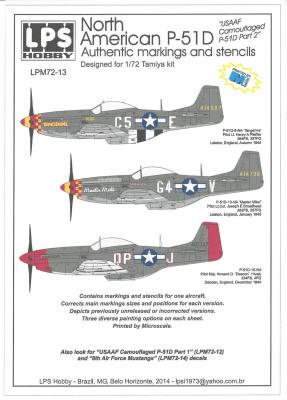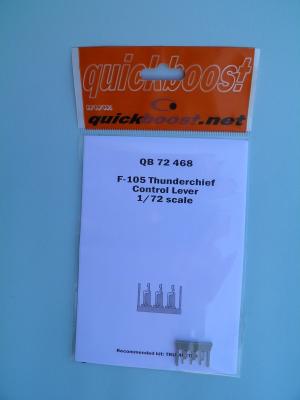History
Among the variety of wheeled armored vehicles which saw action in WWII, the Sd.Kfz.234/2 – armed with a 5cm gun – boasted the strongest firepower. The Sd.Kfz. 234 series, which was developed as successor the 8 wheeled Sd.Kfz. 231, had an important role in reconnaissance missions for Blitzkreig tactics. Four variations from 234/1-4 were deployed with differing armament and the 234/2 was the first in this series. Unlike the 231, armored with plate bolted onto the frame, the 234 adopted a monocoque structure to improve productivity and strength. Controls were located in both ends and the front armor plate was 30mm thick. The Tatra-made Type 103 air-cooled V12 diesel yielded 210hp, a maximum speed of 80kn/h, and a range of 1000km. The chassis had sophisticated 8-wheel drive and 8 wheel steering mechanism. The turret was armed with the 5cm Kwk39/1 gun which was able to penetrate 37mm thick armor plate from a distance of 1500m with armor piercing ammunition.

